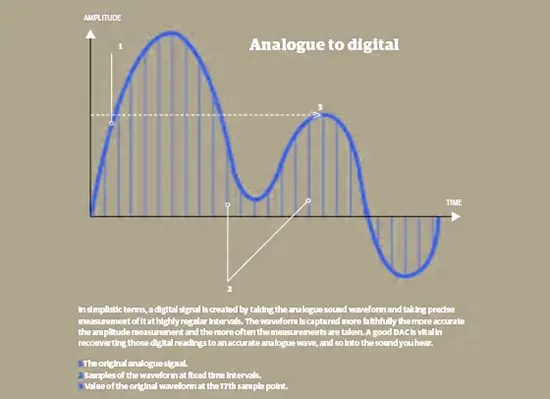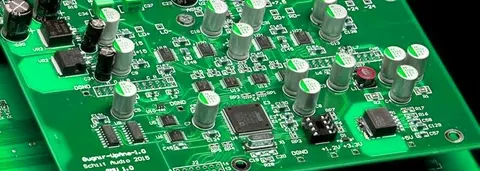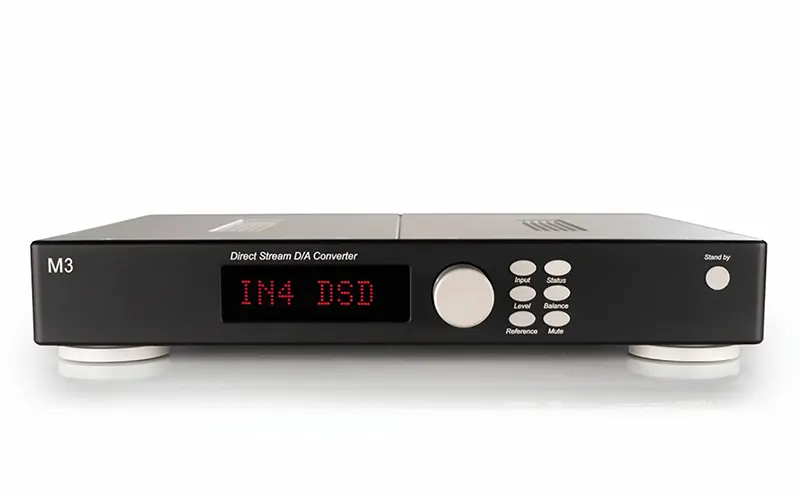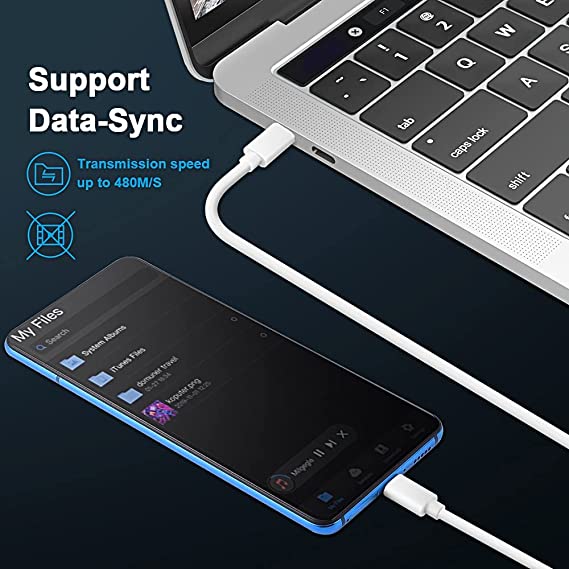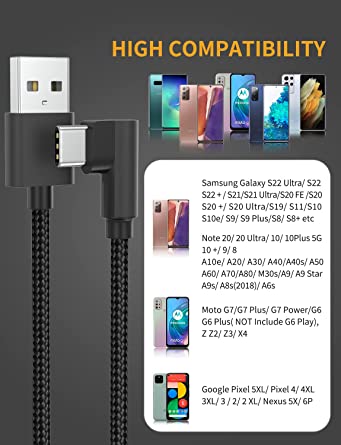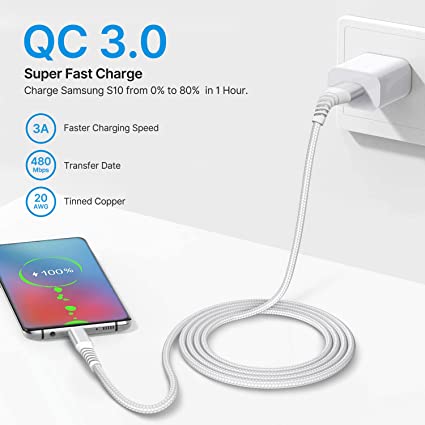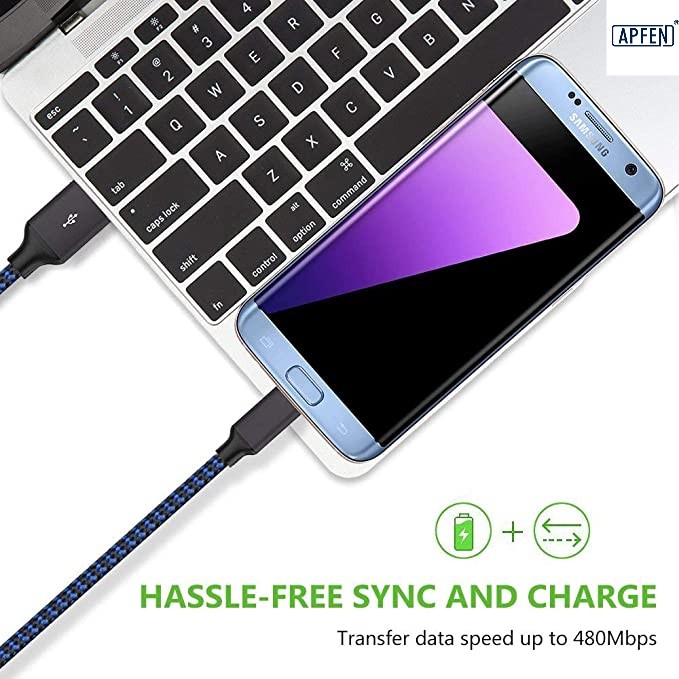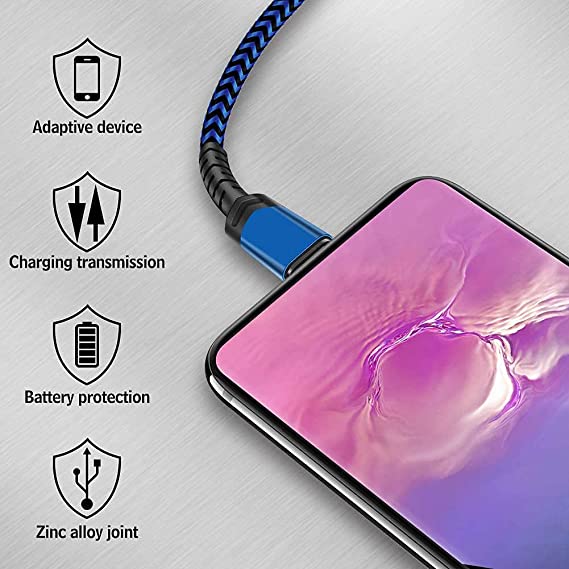What is the Role of DAC Noise Reduction Chips
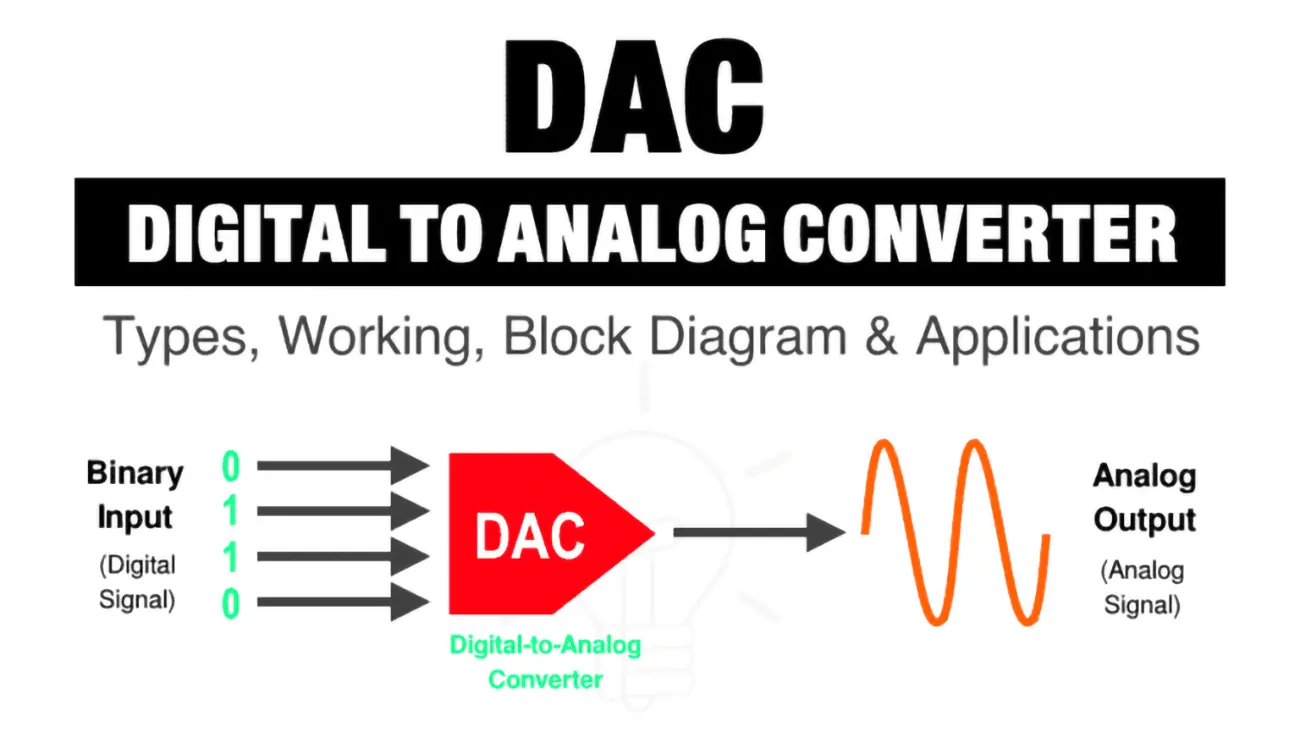
Ever wonder how your headphones or speakers output such clear, pristine audio? It’s likely thanks to a little chip called a DAC noise reducer. As digital music files are converted to analog signals, a tiny amount of unwanted static or hiss can be introduced. But DAC noise reduction chips help eliminate this using advanced algorithms.
By combing through the audio waveform, these chips can identify low-level noise and remove it without affecting the actual music quality. This results in a much “blacker” background and an overall cleaner, more lifelike listening experience. Music and voices really come through with impressive clarity and detail. If you’ve ever noticed a subtle “ssshhh” even at low volumes, a DAC noise reducer is probably helping minimize it.
In our today guide, let’s take a closer look at how these noise canceling chips work their magic to deliver pristine digital to analog conversions.
What is a DAC (Digital-to-Analog Converter)?
Ever wonder how your headphones or speakers are able to play back music with such clarity? It all comes down to a little component called a DAC, or digital-to-analog converter. You see, when we listen to digital music files, there’s an important behind-the-scenes step where the numeric digital code gets turned back into an actual sound wave our ears can understand.
That conversion from 1s and 0s to an instantly recognizable song is what a DAC handles. It takes the binary data and does the math to reconstruct the original analog waveform in as high-fidelity a way as possible. But not all DACs are created equal – the quality can really impact how clean and detailed the music sounds. Some even have adjustable settings so you can tweak it to your preference.
While the DAC inside a phone or tablet gets the job done for basics, an audiophile knows it won’t release your favorite tunes to their fullest potential. That’s where an external DAC shines – it can bring your favorite songs to life with a level of clarity and nuance you never thought possible from your device. If you want your music to soar without any technical limitations getting in the way, a premium standalone DAC is a must-have upgrade. It’s the key to hearing all the intricacies the artists put into each note and really immersing yourself in your favorite songs.
Importance of Digital-to-Analog Converters.
For musicians and music lovers alike, the journey of a song is truly incredible. It begins as mere vibrations, captured by delicate microphones as sounds float through the air of a recording studio. In those early days, engineers had to painstakingly transfer each analog waveform onto reels of magnetic tape to preserve it for the future. Meanwhile, listeners experienced music most directly through the magic of vinyl records, where grooves transformed back into songs under a spinning needle.
How times have changed! Nowadays, artists create digital empires of 1s and 0s rather than tangible tapes. But to bring these numeric files back to life, a secret weapon exists – the digital-to-analog converter, or DAC. You see, without this ingenious little chip, all our curated playlists would remain trapped as cold code. But the DAC performs its subtle magic, translating the numerical language of computers back into smooth, living curves that fill our homes with heartfelt harmonies once more.
Of course, not all DACs are equal. Just as musicians polish their craft, so too must audio engineers refine the reproduction process. Many audiophiles understandably seek the highest fidelity, choosing external DACs that uncover nuances hidden by basic sound cards. In doing so, the experience comes full circle once more – only this time, the songs sound more vibrant than ever before, letting us feel every emotion as if we were there in the studio ourselves. Truly, DACs are the gatekeepers of sound, bridging our digital and analog worlds with finesse.
What Is the Role of a DAC Chip in Audio Cables?
A DAC takes the jagged digital data & transforms it into an analogue electrical signal that your amplifier can then convert into smooth sound waves. Every time you listen to digital music through an analogue device (e.g. a pair of headphones) you’re using a DAC. This little component lives inside your cables and acts as a translator, taking all that binary data and converting it into an actual changing electrical signal. It works by sampling those digitized music files millions of times a second at a precise rate, like 44.1kHz, and outputting the corresponding voltage levels.
Those analogue waveforms can then be passed to your amp or headphones to faithfully recreate the music. The better engineered the DAC is, the more it can maximize the integrity of the original performance during this digital to analog process. Features like low jitter and high bit depth help retain fine detail and dynamic range.
So next time you’re jamming out, send some love to the underappreciated DAC chip making it all possible. Without it transforming those 1s and 0s behind the scenes, your tunes would just be incomprehensible code. It’s the real MVP in bringing your playlists to life.
How Do DAC Chips Improve Audio Quality?
Standalone DACs, especially high-end models, employ superior components, advanced circuitry, and more robust power supplies. This results in better sound quality, improved dynamic range, lower noise floor, and more accurate conversion of the digital signal to analog. In general, these chips significantly enhance audio quality by minimizing various types of noise that can degrade sound performance.
Types of Noise Affecting Audio Signal
- Quantization Noise:
Digital audio is sampled and quantized into discrete values based on the bit depth. The limited number of values can introduce quantization errors, leading to a grainy or harsh sound. For instance, lower bit depths (e.g., 16-bit) can result in noticeable noise in quieter passages of audio. - Jitter Noise:
Jitter refers to timing variations in the digital signal’s clock during sampling. These timing errors can cause misalignment in the audio waveform, resulting in distortion and loss of clarity, particularly in high-frequency sounds. - Power Supply Noise:
Variations or fluctuations in the power supply can introduce noise into the audio signal. This noise can manifest as audible hums or distortions, especially if the power supply is not well-regulated or filtered. - Electromagnetic Interference (EMI):
External electromagnetic fields can induce unwanted noise in audio circuitry, leading to interference that can degrade audio quality. This can happen due to nearby electronic devices or poor grounding practices.
How DAC Chips Minimize This Noise?
Modern DAC chips typically use higher bit depths (such as 24-bit) and higher sampling rates (up to 192 kHz or beyond). These enhancements significantly reduce quantization noise by providing a more accurate representation of the audio waveform. The greater the bit depth, the more discrete levels are available to represent the audio, which leads to a smoother and more detailed sound.
DACs incorporate sophisticated methods to reduce jitter, including:
- Low-Jitter Crystal Oscillators: These provide a stable clock signal, reducing timing errors in the sampling process.
- Phase-Locked Loops (PLLs): These help to synchronize and stabilize the timing of the clock signal.
- Digital Filtering: Techniques such as oversampling and digital interpolation are employed to smooth out the waveform and reduce the effects of jitter, resulting in clearer audio reproduction.
Furthermore, high-quality DAC chips are designed with clean and stable power supply circuits. They often use linear regulators or advanced switching power supplies with high-frequency filtering to minimize power supply noise. This ensures that the DAC operates with a stable voltage, reducing the risk of introducing noise into the audio signal.
The physical design of DAC chips and their surrounding circuitry is optimized to minimize electromagnetic interference. This includes:
- Shielding: Use of metal enclosures or shields to block external electromagnetic fields.
- Grounding Techniques: Proper grounding and layout practices help to reduce the potential for ground loops and EMI, ensuring better signal integrity and cleaner audio output.
So, we can say that DAC chips improve audio quality by employing advanced technology to minimize noise types such as quantization errors, jitter, power supply fluctuations, and external interference, resulting in a clearer and more natural sound.
What Are the Different Grades of DAC Chips?
DAC (Digital-to-Analog Converter) chips come in various grades, which are typically categorized based on their performance characteristics, applications, and specifications. Here’s an overview of the different grades of DAC chips:
1. Consumer Grade DACs
Consumer grade DACs are the most common type found in everyday audio devices such as smartphones, laptops, and budget audio equipment. These DACs are designed for general use, offering adequate sound quality that meets the needs of casual listeners. Typically, consumer grade DACs support a bit depth of 16-bit or 24-bit and a sampling rate of up to 48 kHz or 96 kHz. While they provide sufficient performance for standard audio formats like MP3 or AAC, their specifications may not cater to higher-end audio applications. The sound quality produced by consumer grade DACs is generally satisfactory for casual listening environments but may lack the dynamic range and detail that audiophiles seek. These DACs are ideal for users who prioritize convenience and portability over high-fidelity sound.
2. Professional Grade DACs
Professional grade DACs are engineered for high-end audio applications and are commonly used in recording studios, broadcasting systems, and mixing consoles. These DACs are designed to deliver superior audio fidelity and performance, often supporting a bit depth of 24-bit and sampling rates that can reach up to 192 kHz or higher. The improved dynamic range and lower total harmonic distortion (THD) associated with professional grade DACs make them suitable for critical listening and detailed audio work. Unlike consumer grade DACs, these devices can capture and reproduce the subtleties of complex audio recordings, making them essential tools for sound engineers and musicians. Professional grade DACs are also equipped with advanced features such as balanced outputs and better noise performance, ensuring that the audio signal remains clean and accurate throughout the production process.
3. High-Fidelity (Hi-Fi) DACs
High-fidelity (Hi-Fi) DACs are designed for audiophiles and serious music enthusiasts who demand the highest audio quality. These DACs typically support a bit depth of 24-bit or higher, with sampling rates that can reach 384 kHz or even accommodate DSD (Direct Stream Digital) formats. Hi-Fi DACs are known for their exceptional dynamic range, extremely low total harmonic distortion, and superior noise performance, which all contribute to an incredibly detailed and immersive listening experience. Many Hi-Fi DACs incorporate advanced jitter reduction techniques and digital filtering methods to ensure precise audio reproduction. These devices are often used in high-end home audio setups, dedicated DAC units, and premium audio playback systems. Audiophiles appreciate the enhanced soundstage and clarity provided by Hi-Fi DACs, as they can reveal nuances in recordings that are often lost in lower-grade devices.
4. Multichannel DACs
Multichannel DACs are specifically designed to convert multiple audio channels simultaneously, making them ideal for surround sound applications. These DACs typically support a bit depth of 24-bit and sampling rates up to 192 kHz, ensuring that they can maintain high audio quality across various channels. The primary advantage of multichannel DACs lies in their ability to provide a synchronized audio experience, which is crucial for home theater systems and professional audio setups. They can effectively handle the complexities of multichannel audio formats, delivering a cohesive sound experience that enhances immersion during playback. In gaming applications, multichannel DACs contribute to an engaging audio environment, allowing players to perceive spatial cues accurately. These DACs are essential for setups where multiple audio sources must be processed simultaneously while maintaining high fidelity.
5. Specialized DACs
Specialized DACs are tailored for specific applications or technologies and often include features that enhance performance for certain audio use cases. For example, USB DACs are designed to deliver high-quality digital audio over USB connections, making them popular among computer users and musicians who require enhanced audio playback. Bluetooth DACs, on the other hand, are optimized for wireless audio transmission and typically include integrated Bluetooth receivers, allowing for convenient streaming from mobile devices. Additionally, network DACs cater to streaming applications and are capable of decoding various digital audio formats from network sources. These specialized DACs are essential for users who have specific audio requirements, whether it’s for high-quality playback, wireless convenience, or compatibility with various audio formats. By focusing on particular needs, specialized DACs can provide enhanced performance in their respective domains.
The choice of DAC chip grade depends on the user’s audio needs, budget, and the intended application. Higher-grade DACs generally offer superior sound quality, but they also come with a higher price tag. The ultimate choice preference should be according to the user ‘s needs.
How does a DAC chip work?
A DAC converts digital data into an analog audio signal, which it then sends to an amplifier. When you play digital recordings, you are actually hearing an analog signal that has been transformed from digital by the DAC.
What is DAC and how do you use it?
DACs are typically found in music players, where they convert digital data streams into analog audio signals. They are also used in televisions and mobile phones to change digital video data into analog video signals. These applications represent different ends of the frequency/resolution spectrum.
What is DAC and how do you use it?
DACs are commonly used in music players to convert digital data streams into analog audio signals. They are also used in televisions and mobile phones to convert digital video data into analog video signals. These two applications use DACs at opposite ends of the frequency/resolution trade-off.
Share This Artcle:

Fast delivery
Fastest delivery within 22 days

Quick proofing
Fastest 3-day proofing cycle

After-sale protection
24-month long warranty

1V1Customer Service
Professional customer service follow-up

